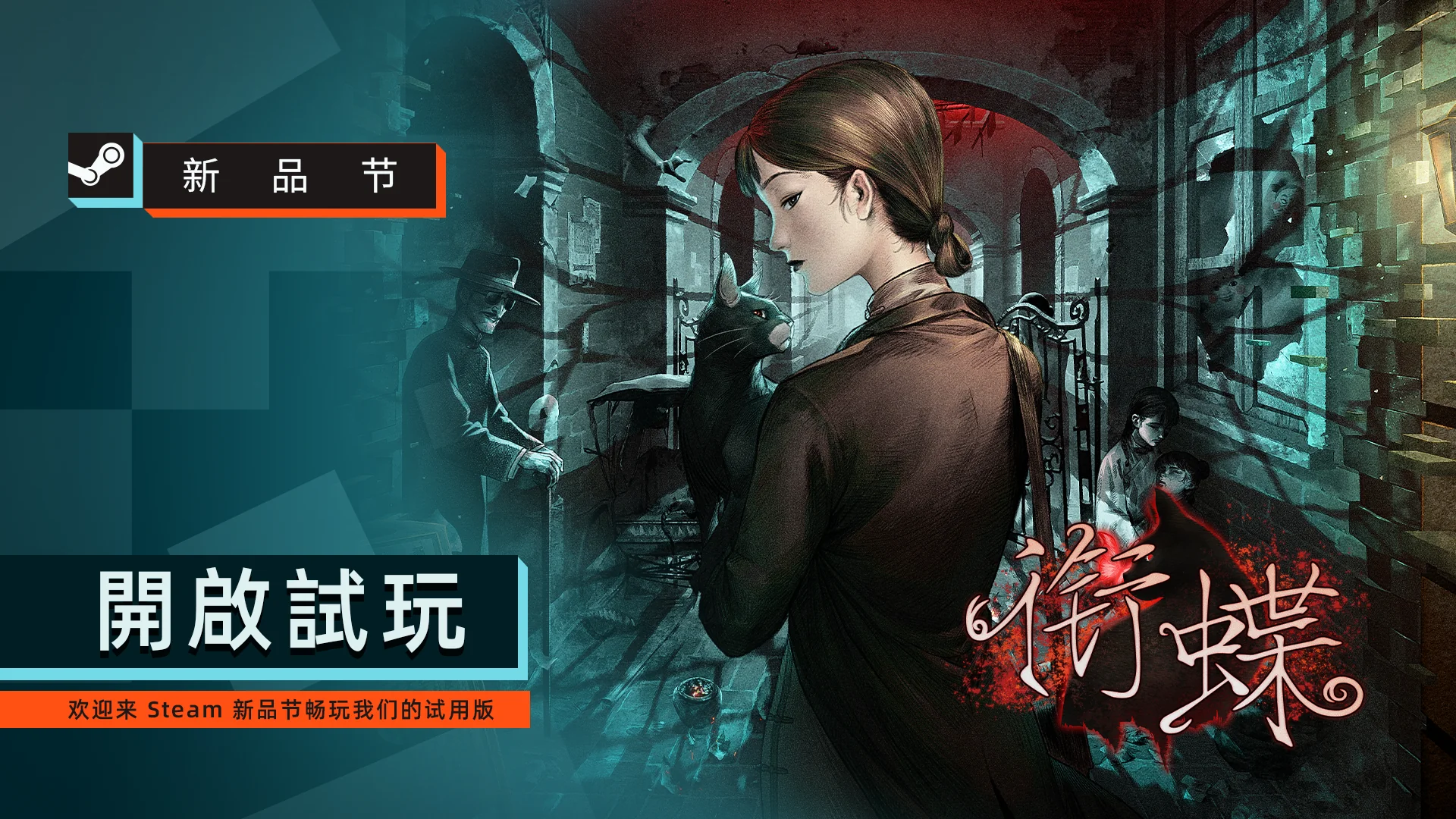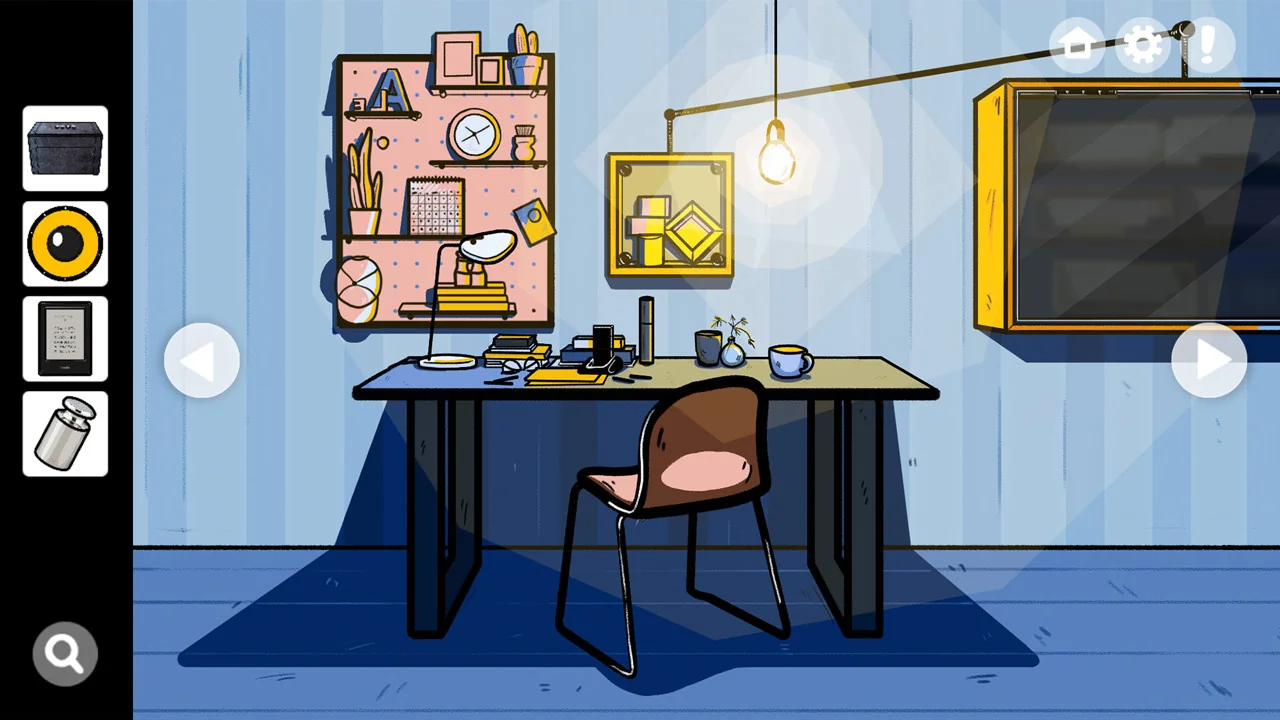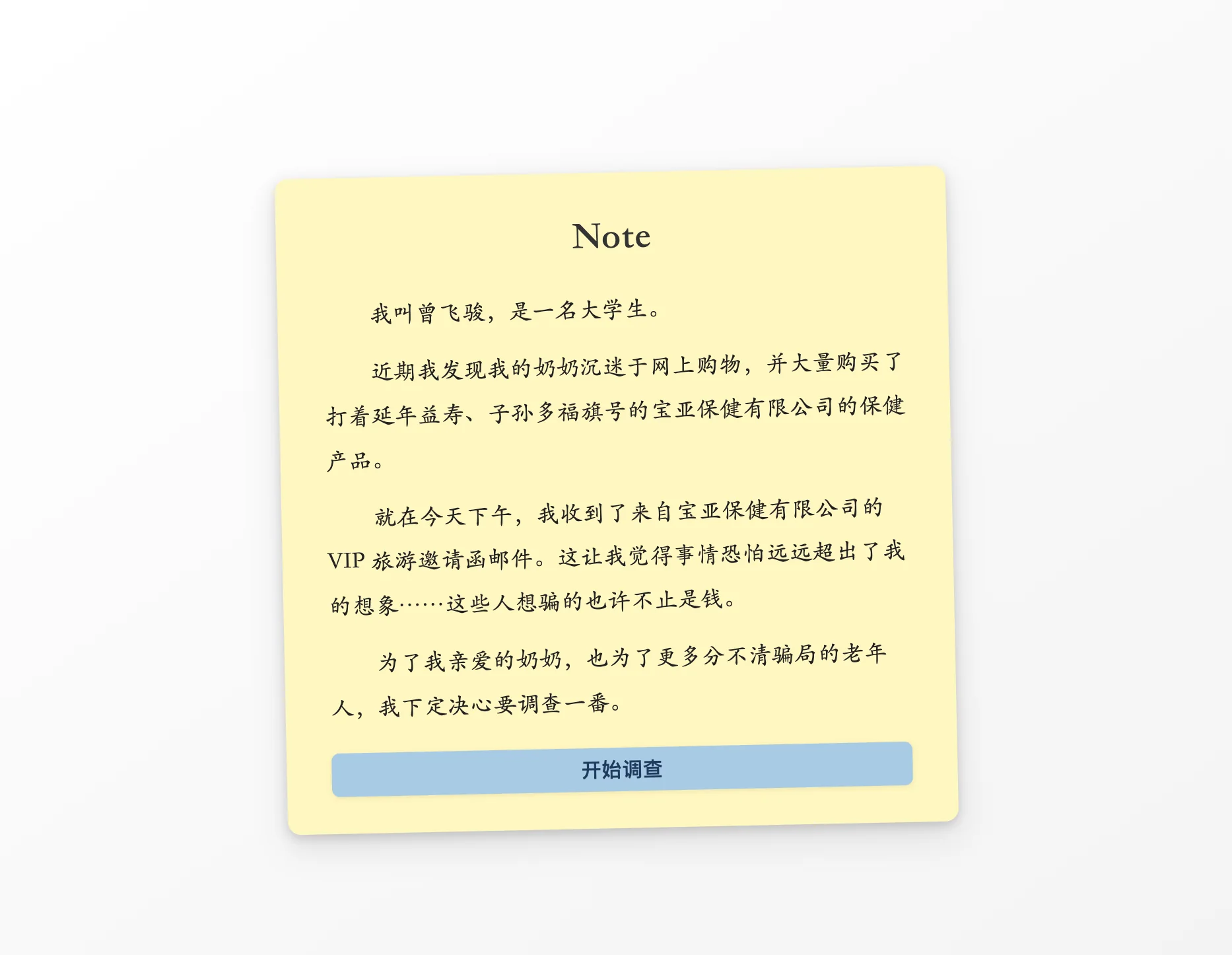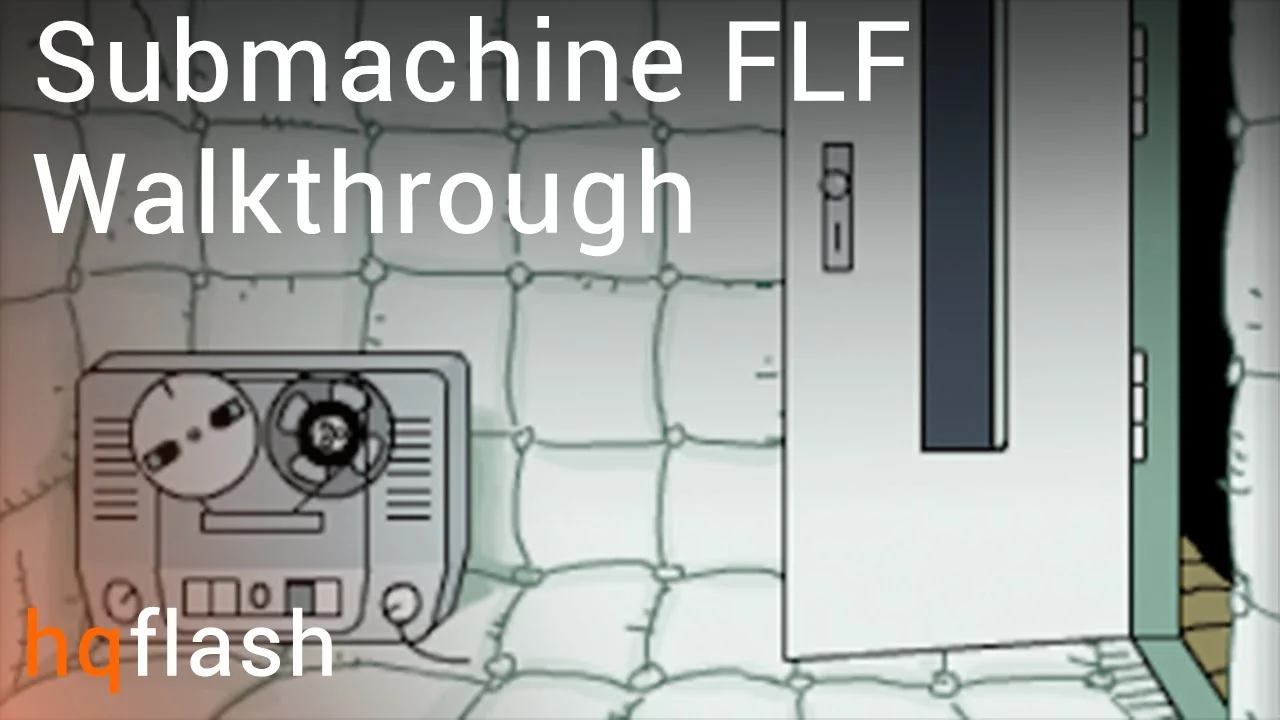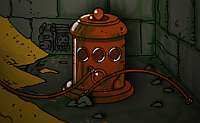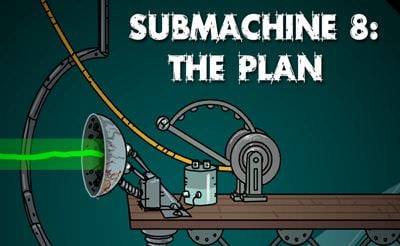How to Play Submachine 7: The Core
Welcome to Submachine 7: The Core, the seventh chapter in Mateusz Skutnik's acclaimed point-and-click adventure series. This installment brings you to the very heart of the Submachine network—the Core itself. Here, reality fragments into surreal landscapes, architectural impossibilities, and mysterious mechanisms that hold the secrets to the entire Submachine universe. Your journey through this desolate yet hauntingly beautiful location will test your puzzle-solving abilities and reveal profound truths about the network's purpose.
Getting Started
Submachine 7 begins in a stark, otherworldly environment unlike anything encountered in previous installments. You'll find yourself in the Core's outer regions, surrounded by strange architecture, abandoned structures, and enigmatic machinery. The game features a more open-world approach compared to earlier entries, allowing greater freedom in exploration. Take time to observe your surroundings and understand the scale of this mysterious location before diving into puzzle-solving.
Basic Controls
The interface remains faithful to the classic Submachine style. Use your mouse exclusively to navigate and interact. Click on objects to examine them closely or add them to your inventory. When your cursor transforms into a hand icon, you can interact with that element. Navigation arrows appear at screen edges, allowing you to move between connected areas. The inventory bar at the bottom displays collected items—click items to select them, then click environmental locations to use them.
Core Gameplay Mechanics
Open-World Exploration: Unlike previous Submachine games with more linear progression, The Core features expansive, interconnected areas that can be explored in various orders. You'll traverse desolate plains, abandoned facilities, surreal architectural structures, and mysterious chamber complexes. The game rewards thorough exploration—hidden areas, secret passages, and concealed items are scattered throughout the vast Core landscape.
Environmental Puzzle Design: The Core's puzzles are deeply integrated into the environment. You'll encounter mechanical locks, coordinate-based systems, visual logic puzzles, and complex multi-step challenges requiring information gathered from distant locations. Many puzzles involve understanding spatial relationships between different Core areas. Pay careful attention to architectural details, machinery configurations, and the surreal visual elements that define each zone.
Item Collection and Usage: Scattered throughout the Core are tools, mechanical components, keys, and mysterious artifacts. Some items are obvious collectibles while others blend seamlessly with the environment, requiring pixel-hunting patience. Collected items often need to be used in locations far from where you found them. Experimentation is key—try using inventory items on various environmental elements to discover their purpose.
Understanding the Core's Geography
The Core is divided into distinct zones, each with unique visual characteristics and puzzle themes. The main hub area connects to various branches—underground chambers, elevated platforms, mechanical complexes, and surreal dimensional fragments. Learning to navigate efficiently between these zones is crucial. Create mental landmarks or sketch a simple map noting major landmarks and their connections. Some areas become accessible only after solving puzzles elsewhere, so revisit hub locations regularly as you progress.
Objectives and Progression
Your overarching goal is to reach the deepest levels of the Core and uncover the truth about the Submachine network. This involves activating various systems, restoring power to dormant machinery, and solving interconnected puzzles that span multiple zones. The game doesn't explicitly guide you—instead, you must piece together objectives from environmental clues, cryptic messages, and the logical flow of puzzle solutions.
Pay special attention to notes, journals, and inscriptions found throughout the Core. These documents provide narrative context and often contain essential puzzle hints. The story unfolds gradually, revealing the Core's history, its relationship to other Submachine locations, and the fate of those who came before you.
Navigation and Spatial Awareness
The Core's surreal architecture can be disorienting. Certain areas loop back on themselves, others connect in non-Euclidean ways, and some zones feature vertical navigation through multiple levels. When you discover a new area, take note of how it connects to previously explored zones. The game includes several fast-travel mechanisms once activated, streamlining backtracking when you need to return to specific locations with newly acquired items or information.
Puzzle-Solving Approach
Start by thoroughly exploring accessible areas, collecting all visible items and noting interesting environmental features. Many puzzles require combining observations from multiple locations—a code fragment here, a visual pattern there, a mechanical component somewhere else. When you encounter a locked puzzle, explore alternative paths rather than getting stuck. The Core allows non-linear progression, meaning you can often bypass one puzzle temporarily and return after gaining new insights elsewhere.
Keep written notes of numerical codes, symbol sequences, and coordinate systems you encounter. The Core features several complex puzzles requiring precise input based on information scattered across the entire map. Screenshots are particularly useful for visual puzzles where you need to replicate patterns or arrangements seen elsewhere.
Immersion and Atmosphere
Submachine 7 is renowned for its atmospheric design and haunting soundtrack. Take time to appreciate the surreal environments, ambient soundscapes, and artistic vision that make the Core feel both alien and familiar. The game's slower pace and contemplative mood are intentional—this is an experience designed for patient, methodical exploration rather than rushed completion.
The Core represents a high point in the series' difficulty and complexity, offering dedicated puzzle enthusiasts a deeply satisfying challenge. Every puzzle has a logical solution based on information available within the game world, rewarding careful observation and systematic thinking.
